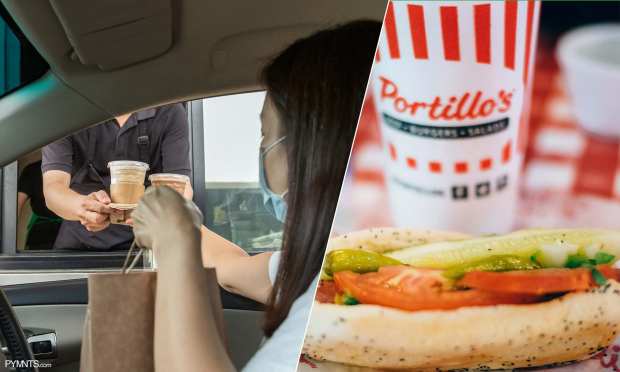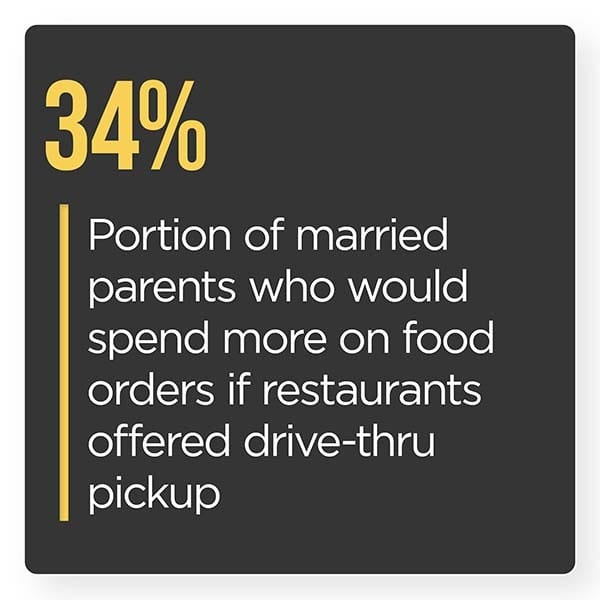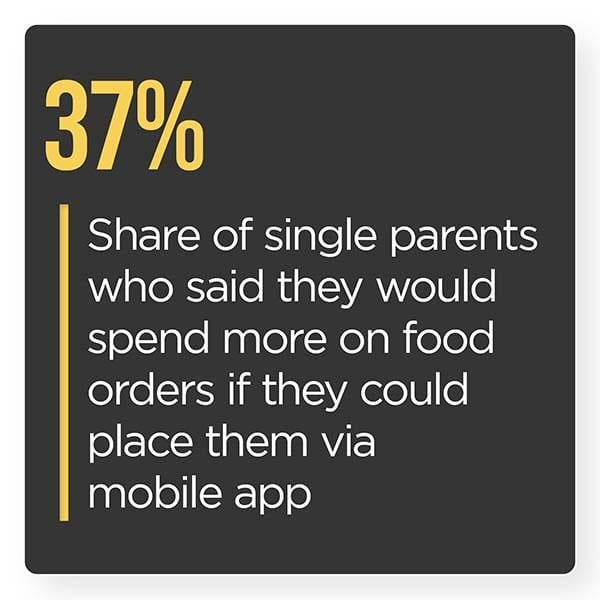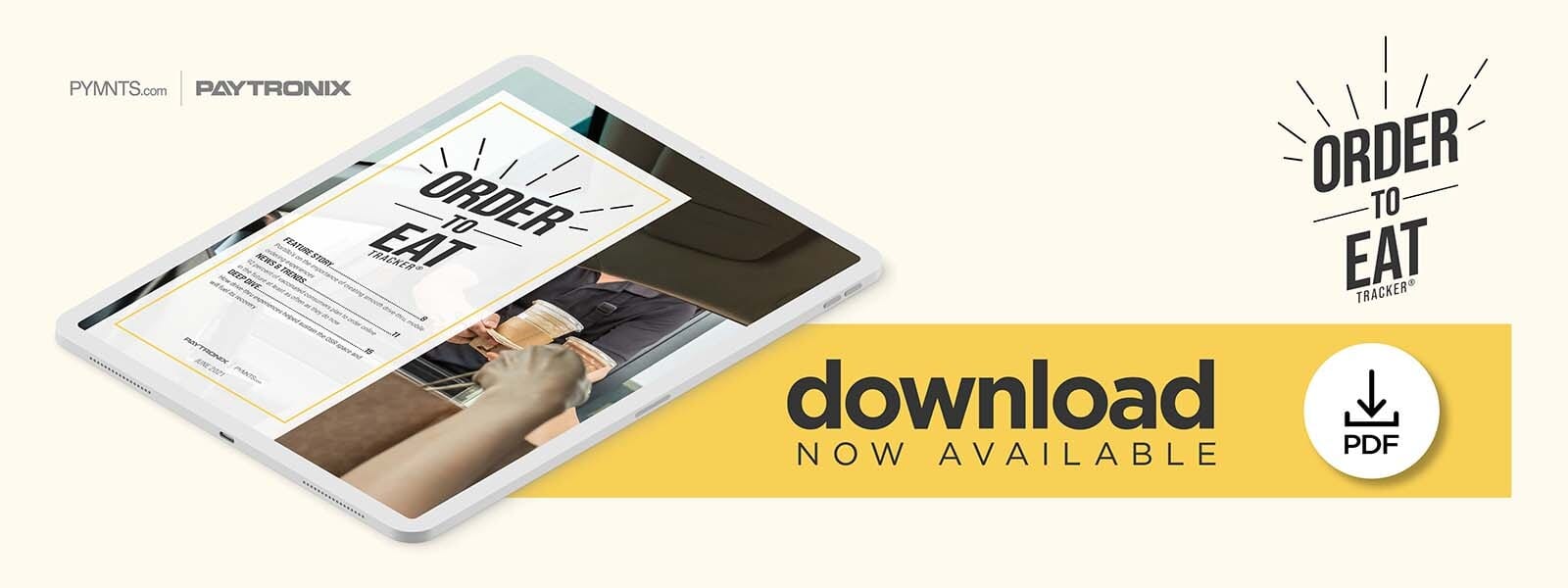Report: Geofencing, Data Analytics Take QSR Drive-Thrus To The Next Level

Nearly 75 percent of Americans have used a restaurant drive-thru since the start of the pandemic, up 43 percent from April 2020.
Ninety percent of consumers also prefer curbside pickup over going inside a restaurant location to get their orders. As a result, vehicles are becoming the key to business growth for restaurants, with contactless options such as these becoming a savior for operations during the past year.
The June edition of the Order To Eat Tracker® examines how the pandemic transformed the drive-thru into one of the major ways quick-service restaurants (QSRs) were spared from the decline of in-dining sales as restaurants were closed or had reduced capacities for more than a year.
Around The Order To Eat Landscape
While the foodservice sector has struggled during the pandemic, McDonald’s has done well. Much of its success over the last year has been from already offering drive-thru and to-go ordering, with 70 percent of its sales coming from drive-thru. Today, the fast-food giant is planning to make the ordering process even speedier by investing in more efficient systems. McDonald’s is leveraging artificial intelligence (AI) to not only welcome customers, but link them to a digital menu. The goal is to shorten drive-thru times and prevent human errors.
Guest tabs at QSRs may have fallen last year, but the average check size increased by more than 14 percent to an average of $11, according to an index. Based on sales, customer experience, costs, fraud and employee trends data from 6,000 QSRs nationwide, the average year-over-year sales per store swelled by 4 percent to $1.7 million. Researchers said given that overall sales fell by 9 percent last year, it was a surprise to see check size increase as restaurant operators responded with family meal promotions to maximize tab size. 
The popularly of drive-thrus last year has led to the construction of more and the renovations to existing ones. When the first drive-thru was built in Texas in 1921, no one could have imagined how drive-thrus would become engrained in American culture. In the 1950s, Jack in the Box made drive-thrus part of its restaurants. Wendy’s followed with its first pick-up window in 1970. Five years later, McDonald’s opened its first drive-thru. Even before the pandemic, McDonald’s reported it generated 70 percent of its sales from takeout windows.
For more on these and other stories, check out the Trackers News & Trends section.
Portillo’s On The Importance Of Smooth Drive-Thru, Mobile Order-Ahead Experiences
Drive-thru and mobile ordering technologies have become game-changers over the past year, with many restaurants relying on them to weather financial challenges due to dine-in restrictions. These tools are poised to play a crucial role in the years ahead — even as QSRs’ in-person experiences slowly ramp up.
In this month’s Feature Story, John Isbell, vice president of Learning and Development for fast-casual chain Portillo’s, discusses how drive-thru innovations and mobile ordering advancements like geofencing can help restaurants keep their operations nimble and ready for the future.
Deep Dive: How The Drive-Thru Became QSRs’ Lifeline During The Pandemic
Last year, as drive-thru sales skyrocketed, McDonald’s, Burger King and other fast-food chains unveiled plans for revamped contactless restaurants where vehicles are king.
This month’s Deep Dive explores how drive-thrus, once frowned upon by fast-casual executives who insisted their restaurants were not fast food, are becoming mainstream as Chipotle, Panera Bread, Corner Bakery, and Pie Five Pizza have invested in them.
About The Tracker
The Order To Eat Tracker®, a PYMNTS and Paytronix collaboration, is a monthly report that examines the restaurant sector.

